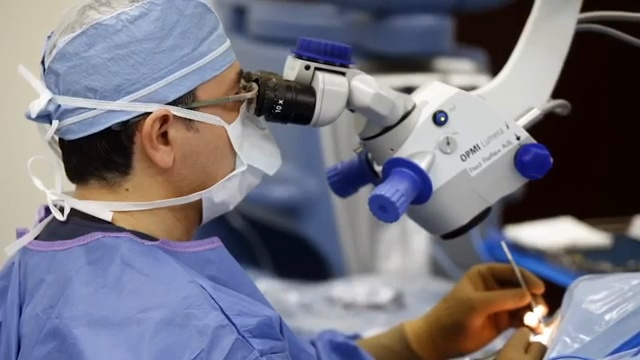PRK Corrects Astigmatism, Nearsightedness, and Farsightedness
PRK, or photorefractive keratectomy, is a procedure similar to LASIK we perform in our Las Vegas offices. For those seeking options besides LASIK, PRK is often considered a procedure that’s better than LASIK for certain patients.
Both Photorefractive Keratectomy (PRK) and Laser-assisted in situ Keratomileusis (LASIK) are dominant refractive procedures for correcting mild to moderate astigmatism, nearsightedness, or farsightedness. These procedures are performed with an excimer laser beam.
During any refractive surgery, your ophthalmologist reshapes the cornea, the front part of your eye, to make the light travel properly onto the retina at the back of your eye. While several different refractive surgery options can be used to reshape your cornea, during the PRK procedure, the eye surgeon will use an excimer laser to achieve the proper type of cornea reshaping or corneal sculpting. The PRK laser delivers a pulsing beam of cool ultraviolet light on the surface of your cornea after epithelium removal. This differs from LASIK, where the laser reshapes underneath your cornea.
This corneal refractive surgery is highly effective for correcting many nearsightedness cases and improving vision. After the surgery, approximately 80 percent of patients will receive 20/20 vision without using contacts or glasses, and 95 to 98 percent will have 20/40 vision or better.

